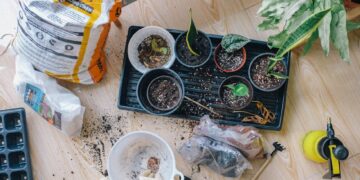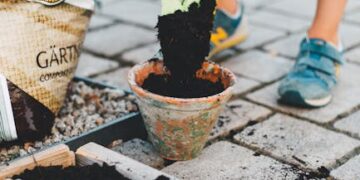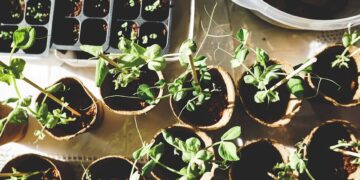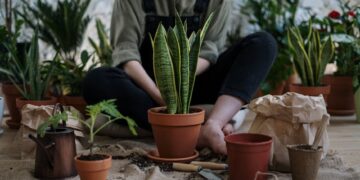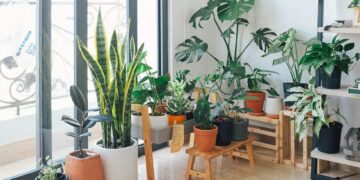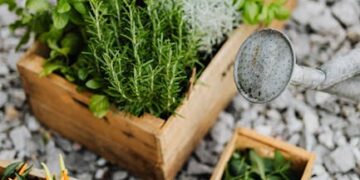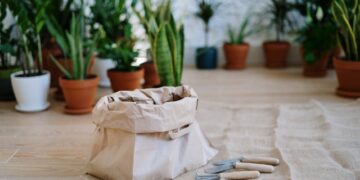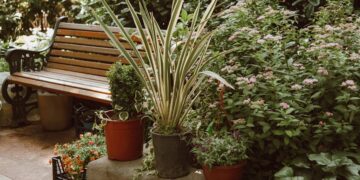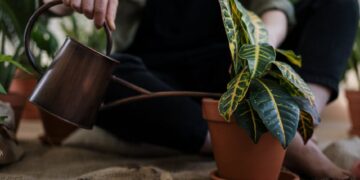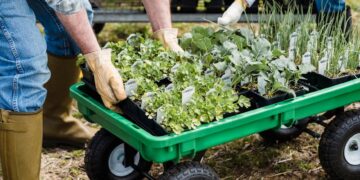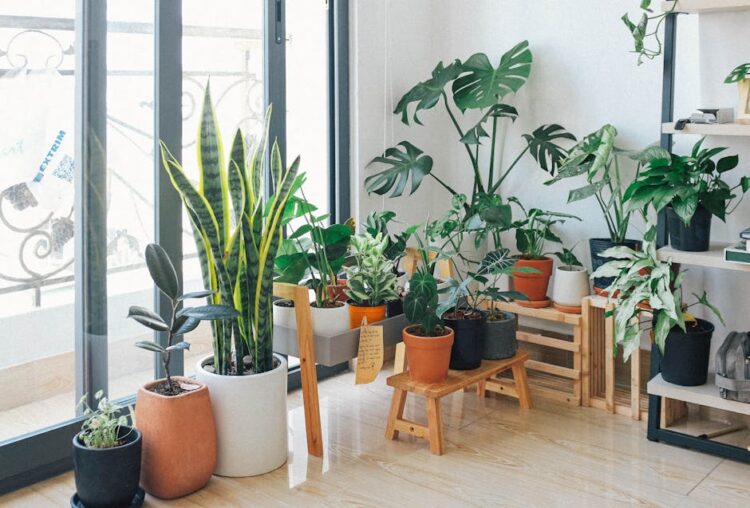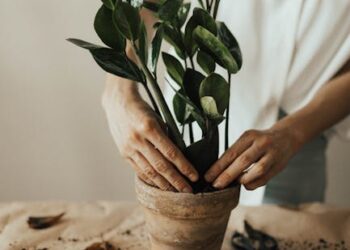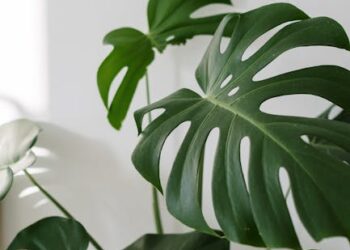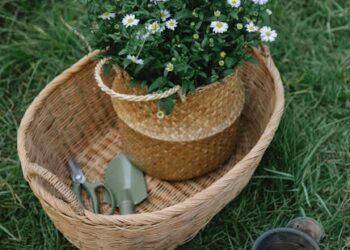Maximizing Your Living Space: Tips for Space-Saving Indoor Gardening
As urban living becomes increasingly popular, many of us find ourselves limited by smaller living spaces. However, a compact area doesn’t mean you need to give up on the dream of having a lush, green garden. Indoor gardening can be the perfect solution. It not only elevates the aesthetic of your home but also improves air quality, reduces stress, and can even provide fresh herbs or vegetables. Let’s explore some space-saving techniques that make indoor gardening accessible and enjoyable, no matter the size of your home.
Understanding the Space You Have
First things first: assess the space available in your home. Whether it’s a sunny windowsill, a balcony, or even just a corner of a room, understanding this will help you pick the right plants and arrangements.
Tips for Assessing Your Space
- Light Source: Identify where you get the most natural light, crucial for most plants to thrive.
- Humidity and Temperature: Some areas in your home might be warmer or more humid, ideal for certain tropical plants.
- Space Constraints: Consider the ceiling height and floor area. Climbing or hanging plants might be perfect for tight spaces.
Selecting the Right Plants
Choosing the right plants is key to a thriving indoor garden. Consider the light, temperature, and humidity in your selected space. Easy-care plants like succulents require minimal maintenance and can flourish in most indoor environments.
Top Picks for Indoor Plants
- Succulents: They are ideal for busy people because they need minimal water and can grow in indirect light.
- Herbs: Many herbs, like basil and cilantro, are compact and thrive on windowsills, perfect for small kitchens.
- Air plants: Require no soil and take up very little space, making them excellent for small decorative displays.
- Ferns: These can be great for bathrooms as they enjoy the humidity.
Space-Saving Planting Ideas
When space is at a premium, creativity comes to the forefront in your gardening plans. You’ll want to make use of both vertical space and unconventional areas for planting.
Vertical Gardening
This technique is a game-changer for small spaces. Using vertical space can dramatically increase your planting area without using up valuable floor space.
- Wall-mounted planters: Install shelves or use modular planters mounted on walls to create a living art display.
- Hanging baskets: Perfect for utilizing ceiling and window areas.
- Stackable planters: These allow you to grow multiple plants in a single footprint, stacking upwards instead of outwards.
Utilizing Unconventional Spaces
- Under the Stairs: Turn the often unused space under stairs into a charming green corner.
- Beside the Fridge: Narrow rolling shelves can fit here for small plants or herb gardens.
- Balcony Rails: Attach planters directly to the rails to enhance a small balcony.
Caring for Your Indoor Garden
To keep your indoor garden flourishing, you’ll need to maintain the plants according to their specific needs. Explore the best practices in light, watering, and managing plant health.
Light and Water
- Watering Routine: Overwatering is a common issue in indoor gardening. Ensure pots have drainage and adjust the watering schedule based on plant type and season.
- Optimal Lighting: If natural light is limited, consider grow lights. They can provide the necessary spectrum of light for plant health and growth.
Plant Health Management
- Pest Control: Keep an eye out for signs of pests and deal with them promptly using natural repellents or insecticidal soap.
- Pruning: Regular pruning helps maintain the size and shape of your plants, encouraging healthy growth.
Conclusion
Indoor gardening in a small space might seem challenging, but it’s entirely possible to create a green oasis in your home with the right approach. Assess your space, choose suitable plants, and utilize innovative planting ideas like vertical gardening. With proper care and maintenance, your indoor garden will serve as a delightful and refreshing part of your home, bringing beauty and nature into your everyday life.

